Last year Focus launched the Jam², an eMTB version of their Jam bike. Bucking the trend of powering their eBike using the massive and ubiquitous 500wh battery packs of pretty much every other manufacturer, they actually used a smaller capacity battery arguing that the reduction in weight would increase handling (it still comes in around 46lbs but that’s 8lbs less than similar eMTBS from the likes of Scott) but also in so doing it would lead to a more pedalable bike that would offset the reduction in overall power capacity.
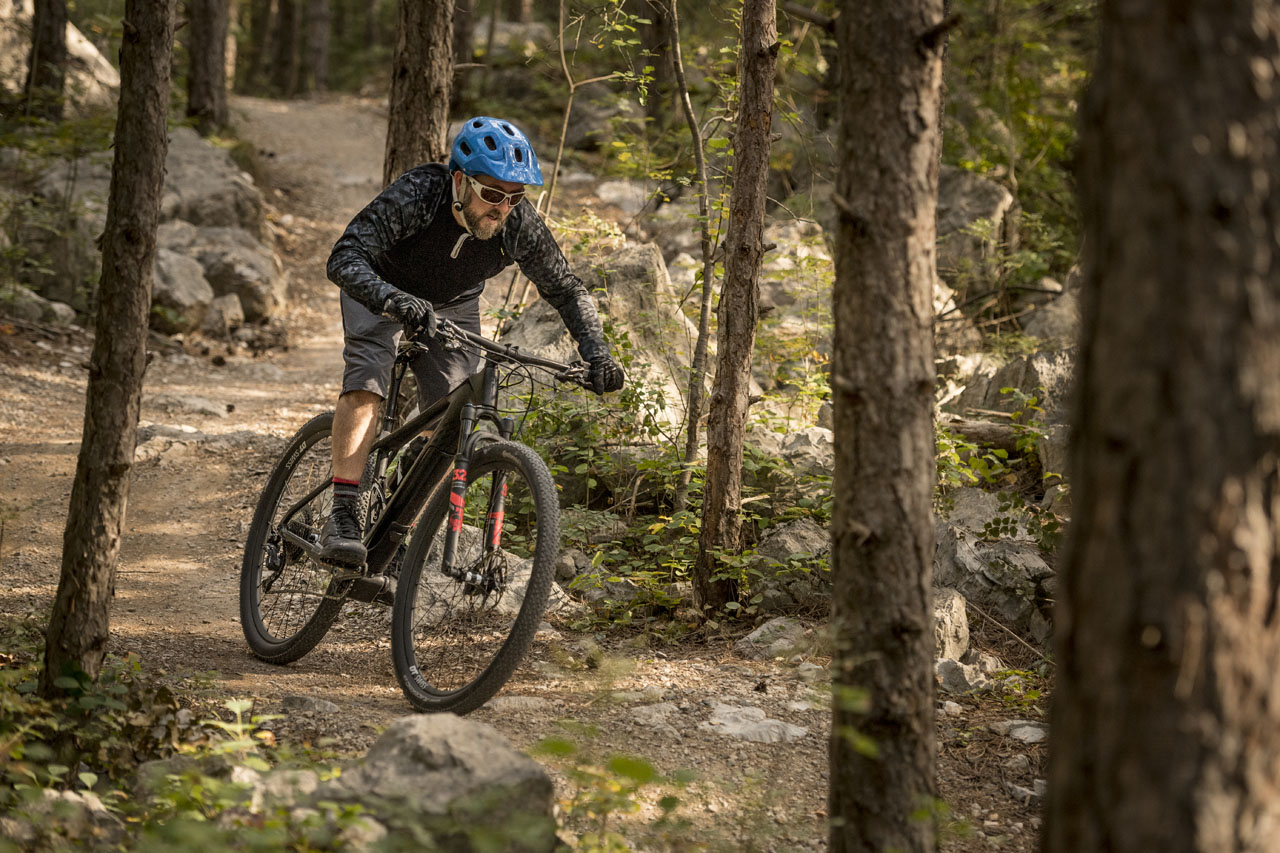
In my view they were right. The Jam² is one of the best eMTBs currently available and Focus have proved that the future of eMTBs is not all about how much power you can push through a Bosch or Shimano motor.

What they have done with the Raven2 is take that concept to the next stage by reducing the battery capacity still further to a mere 250wh and then combine that with a very unique motor system. Finally, they mounted the whole thing in the chassis of their flagship, carbon fibre hardtail, XC race bikes. The former developments I think represent the next evolutionary step in eMTB development. The fact they’ve mounted it in a carbon fibre hardtail I’m less convinced about – but we’ll come to that.

Motor Battery Combo
Focus have partnered (but not exclusively) with a small startup German engineering company called Fazua to be the first bike company to use their Evation motor system.
Fazua have managed to combine the battery and the motor into a single, removable unit that plugs into a small BB mounted gear box. The result is an eBike motor that can be removed entirely from the bike along with the battery, leaving only the gearbox attached to the bike.

The gearbox has a ‘freewheel’, is pretty frictionless and because the motor and battery unit are not a structural part of the bike the bike can be ridden perfectly normally as a conventional bike.
Since Fazua are essentially sticking a battery AND a motor where usually only the battery fits, the system is naturally less powerful in terms of both battery and motor. The motor is rated at a nominal 250watts but it doesn’t have the power delivery ‘oomph’ of the Shimano or Bosch motors, but this, in my view, is all for the better. The maximum output of those systems can be enough to literally throw you off the bike if you get things wrong. With this Fazua system the boost is much more subtle and even in full power mode the assist is measured and feels more natural.
I understand that using the word ‘natural’ in the context of an eMTB is likely to make that vein on the head of some readers pulsate – I’m not sorry. It is a fact that in the lower power settings I became so used to the subtlety of the power delivery that I thought it wasn’t actually working. Then I turned it off and realised instantly that it bloody well was!

Who Is It For?
And by this I mean a motor assisted, super lightweight, carbon fibre race hardtail. It comes in at 14.2 kg (31.3lbs) which is terrible for for a carbon hardtail but amazing for an eBike – any eBike. But still, with 100mm stem, no dropper post, narrow bars and skinny race tyres this is a race bike that you can’t actually race. I was left wondering if it was a bike that was too early for it’s own good – that it is waiting for someone to come up with a serious eMTB XC race series, or marathon. I love the technology, the implementation less so. As much fun as riding a super stiff, carbon race bike up and down loose, rocky trails around Lake Garda was, I really wished this system had been put in a trail bike – even a slack, long forked hardtail with wide bars would have been amazing and the point of the thing would have been obvious then. But a race bike you can’t actually race?
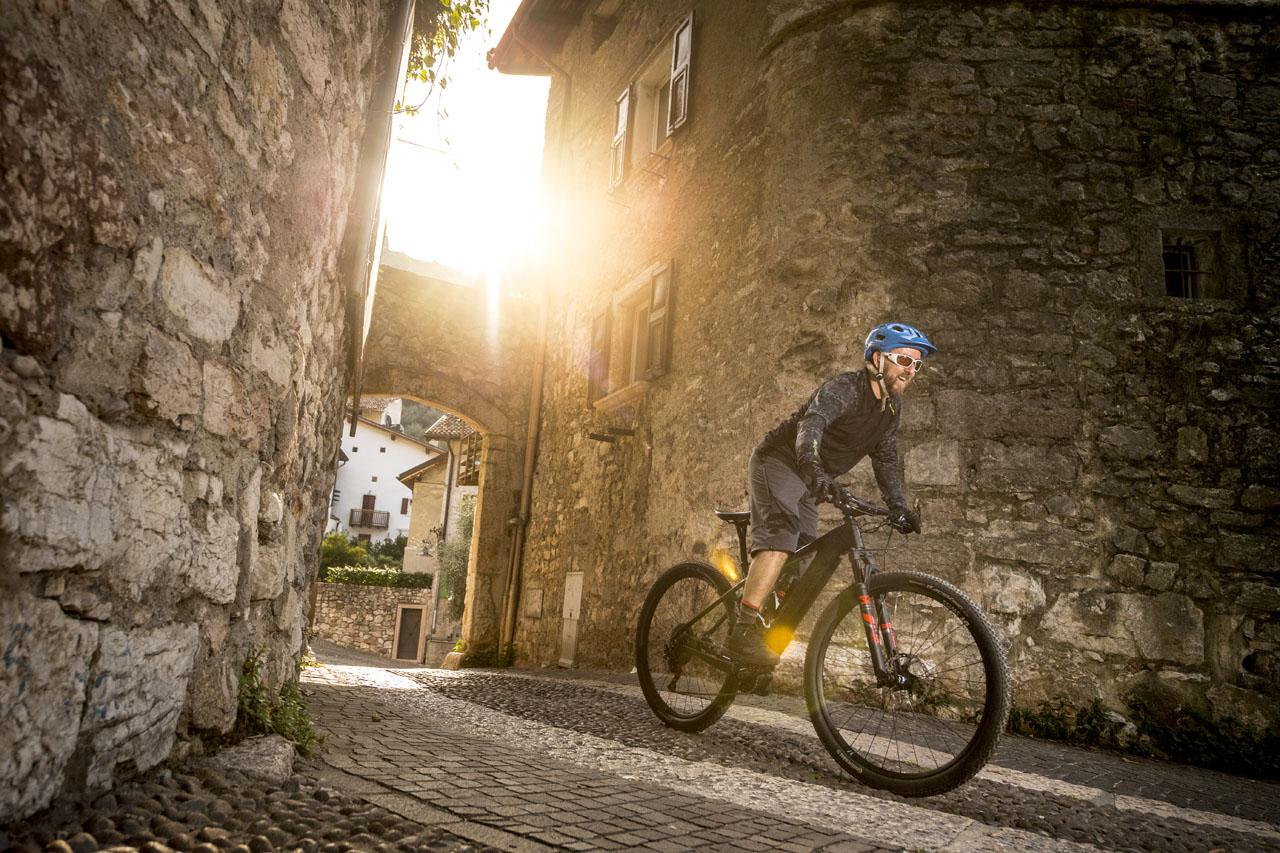
The Logic
Focus acknowledged to us at the the launch that this iteration of the Fazua system may seem a little strange, but then you can remove the battery and motor. When you do you reduce the weight down to a smidge over 10kg (22lbs). Focus supply the bike with a 45g carbon fibre blanking plate to hide the gaping hole left by the removal of the battery and motor. What you are left with really is a race bike you can actually race but don’t be surprised if the UCI guy comes over and starts waving his daft iPad around your bike before you race. At least you can take off the lid and show the empty space inside your down tube, which is more than any other riders can do.
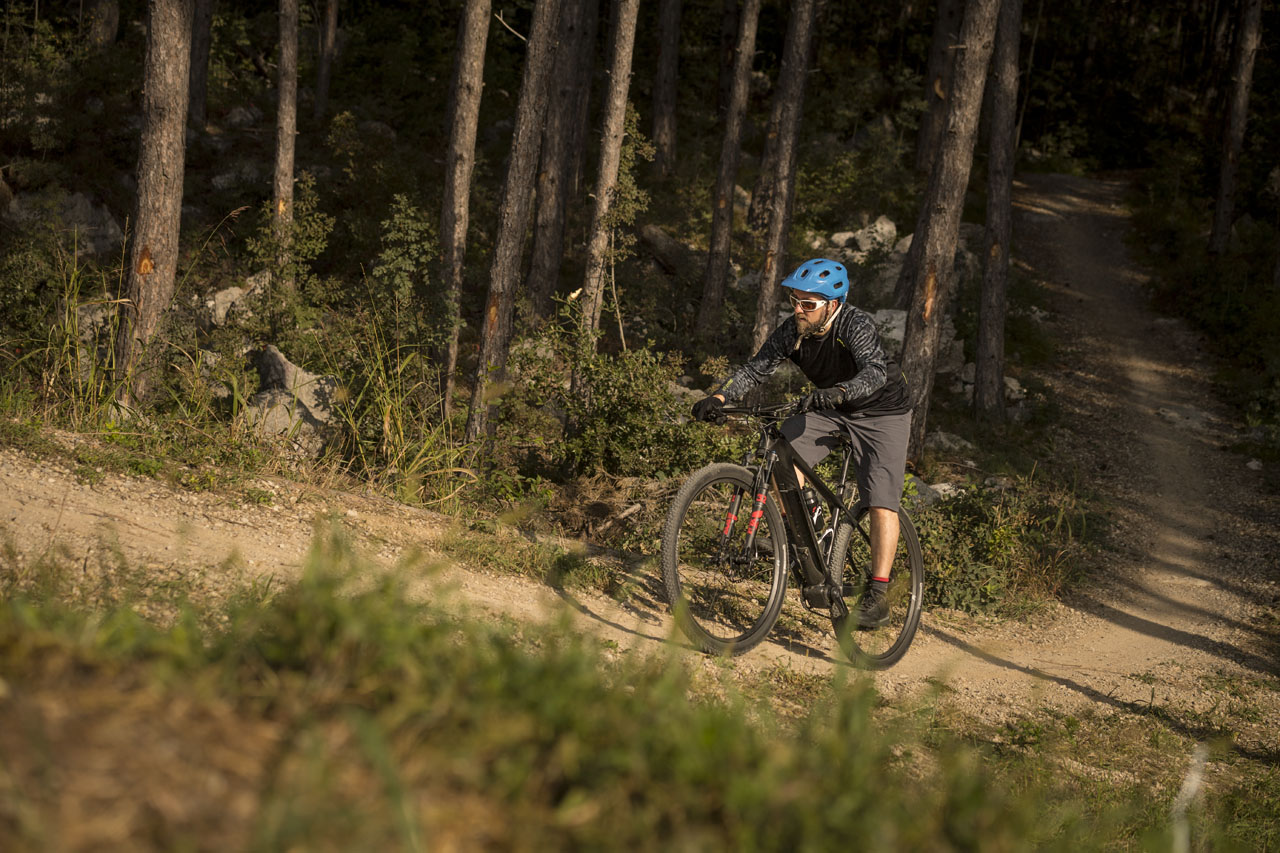
Range Anxiety
We rode undulating and often technical trails around Lake Garda on our test day. we started with full batteries and by our lunch stop mine was reporting 50% capacity. After lunch the battery fairy had visited all our bikes and replaced the batteries with full ones. This was a shame as I wanted to see if a single battery would get us back to base. As it turned out by the time we got back I’d used just 25% of the new battery, and knowing I was running on a new battery I pretty much ran it on full power setting most of the way back. So I can estimate I used 3/4 of the battery capacity. We rode a total of 55km! So not quite a bullet proof fair test, but probably enough for a fair indication of what this system is capable of.

There are four power modes, if you count the off mode. With the motor set to off it’s just you and the gearbox (for clarity: the gearbox simply interfaces the motor with the rest of the drivetrain. Gear changing is still done though a traditional derailleur and cassette, in this case Shimano XT). It felt like any other bike with a standard BB – no extra unwanted friction – just pedal and go. In eco mode you get up to 80watts of assist. Up to means that it’s not a fixed power output – it puts in more the more you do. Trail mode gives you up to 150 watts, and full power gives you all the power, but still in proportion to what you put in, so there’s no sudden, uncontrollable boost.
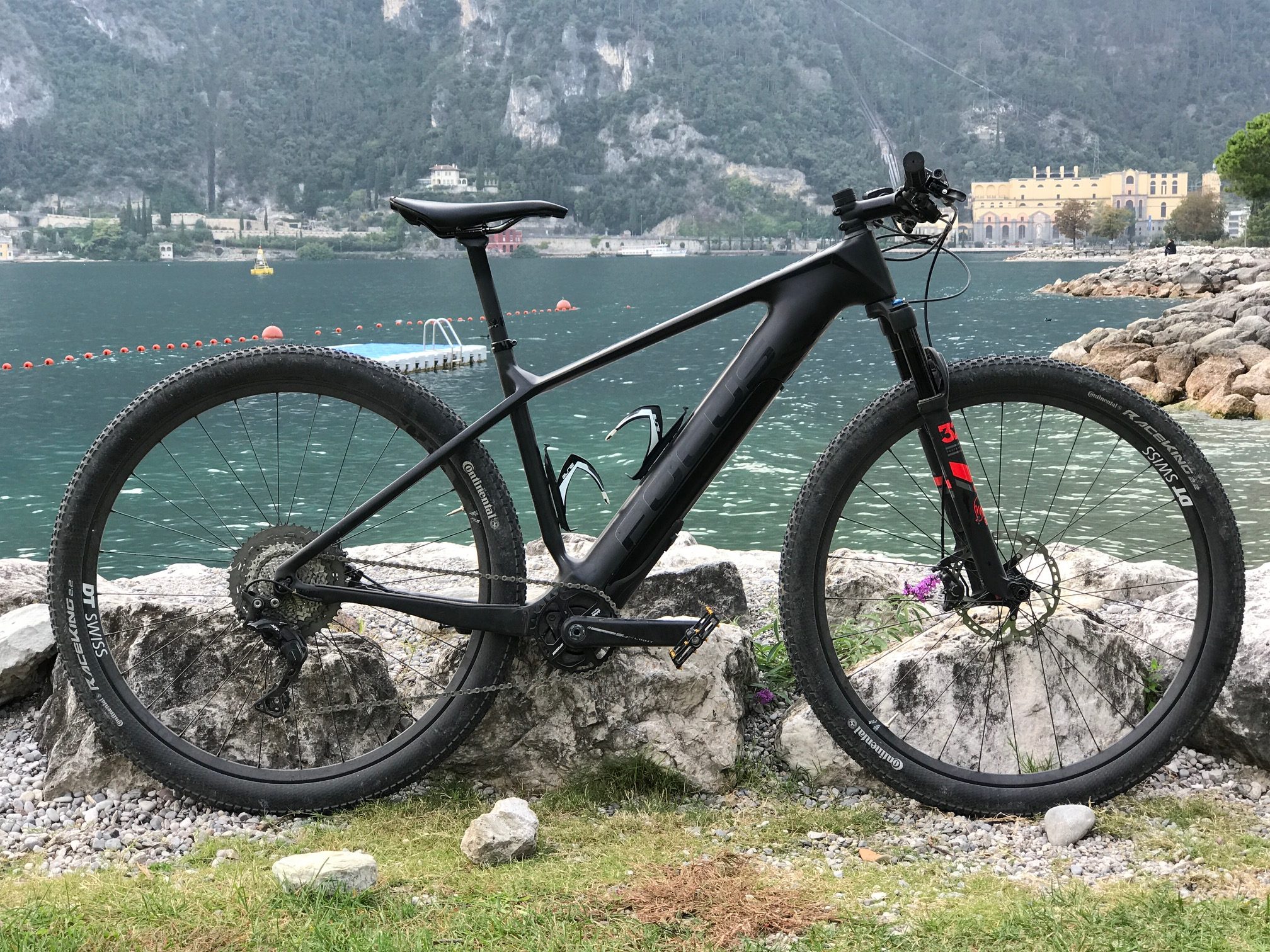
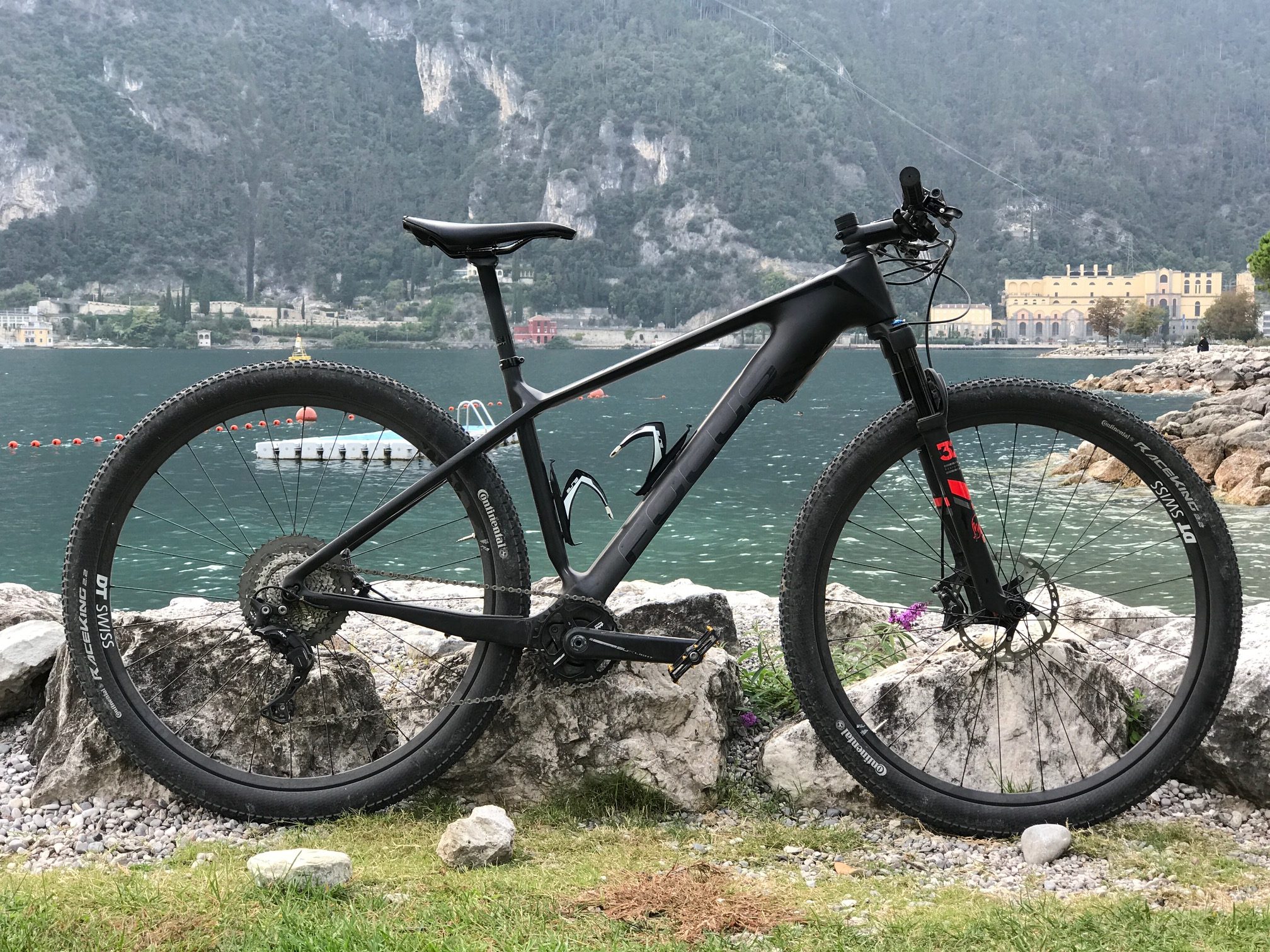
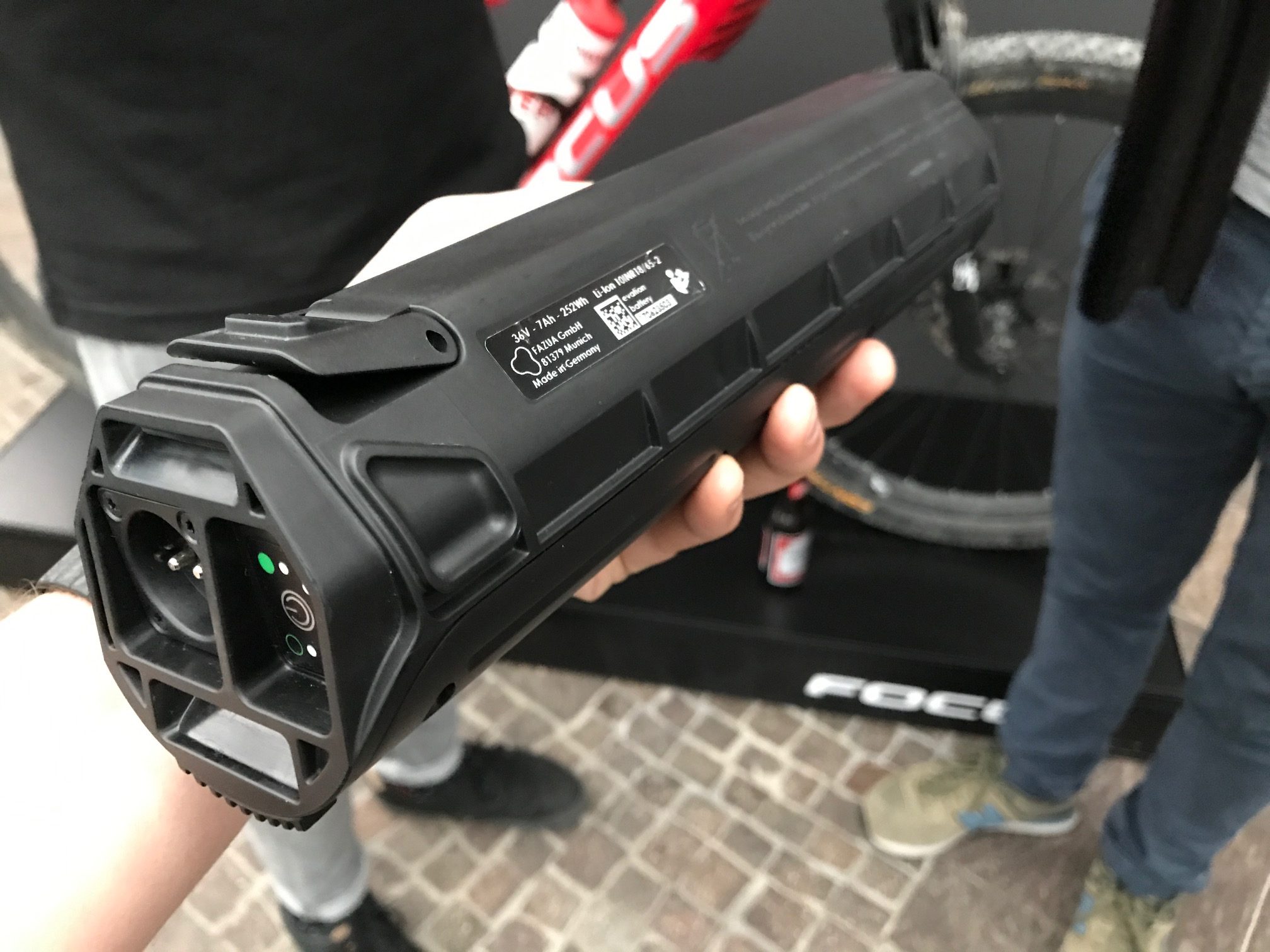
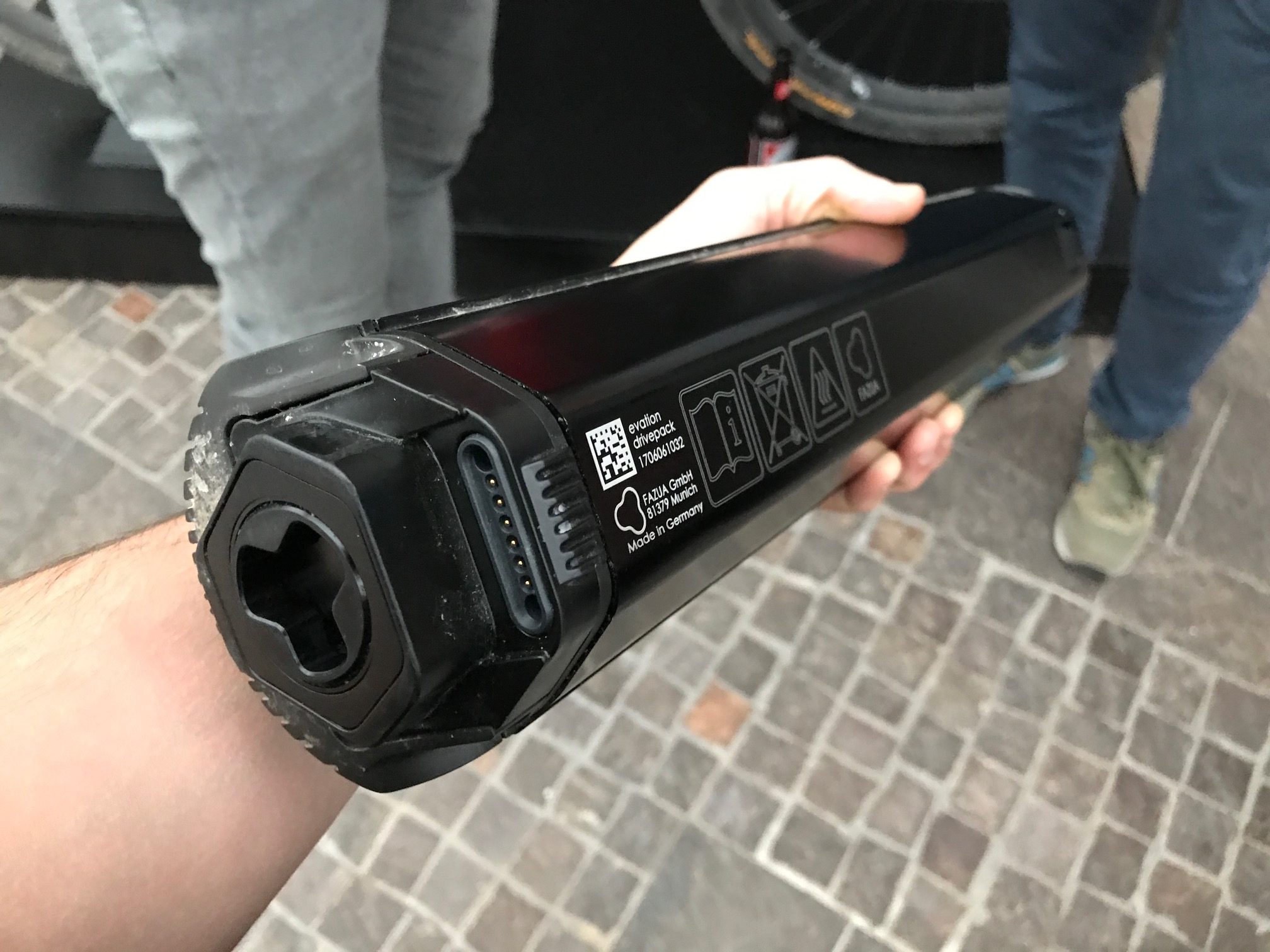
Apparently, charging the battery takes 3 – 4 hours from empty. The drivepack consists of a motor and battery together in a housing, which you can remove as one unit from the downtube of the bike. The battery can also be removed from the drivepack and replaced too.


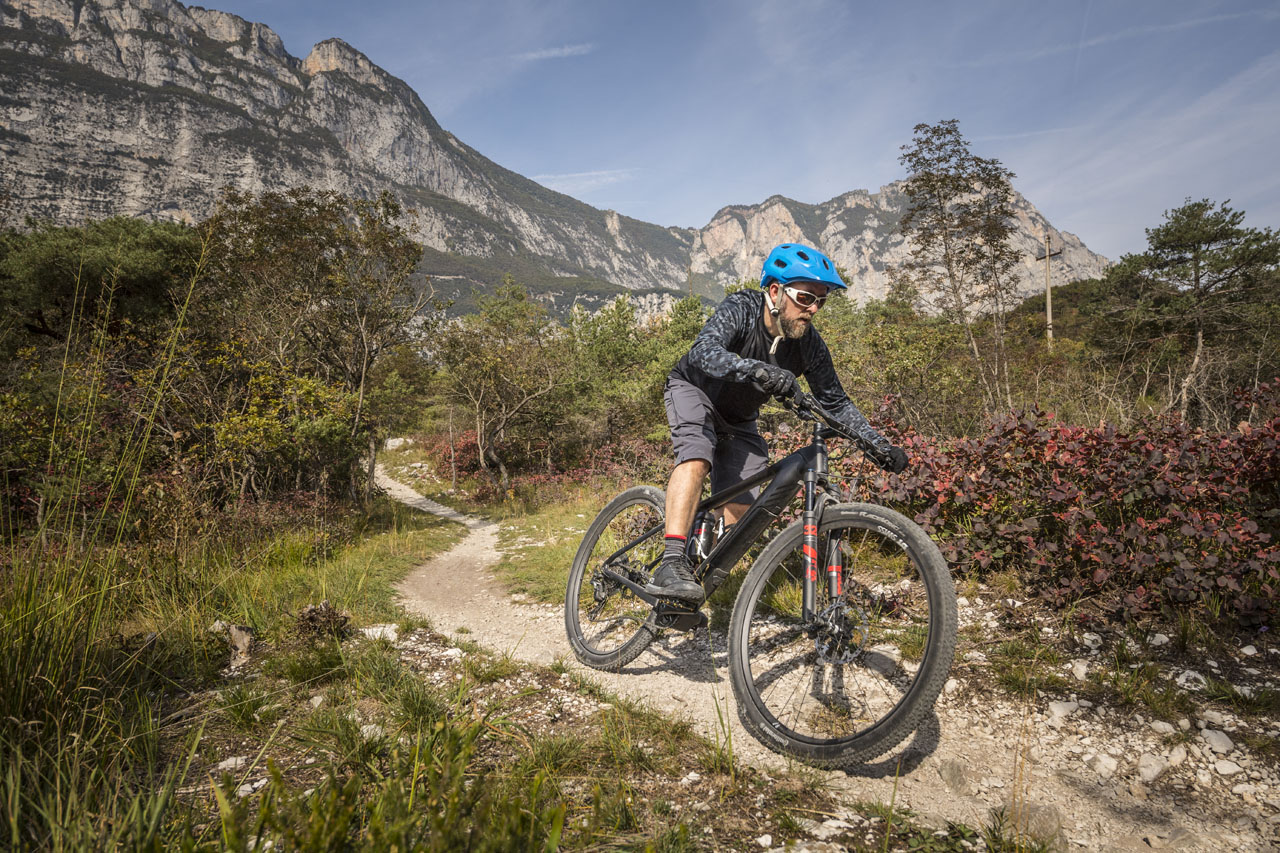


Disclosure: All travel and expenses for this trip were paid for by Focus.






Fascinating stuff!
Haterz gonna hate but I think ebikes are great – seeing loads of ‘old boys’ out on them when I do lunchtime dog walks now. A lighter ‘motor when you want it’ option is a great extension to the ebike offering.
Like it, i hope they bring out a less racy version
Very impressive.
Saw a couple of road bikes at Eurobike with this kind of idea. Very interesting I reckon.
Its all starting to get a bit interesting…
Agree with eddiebaby – looks a good idea with lots of potential.
Just remembered why i rarely come on to this website much nowadays….
But what does it weigh? one place it says 14.2kg (31.3lbs), a picture caption says ‘nearly 45 lbs’ and the intro paragraph says ‘about 46’
I was a bit confused by the plethora of weights with the motor in.
Captioning error and cross communication due to me writing this at 4am in Verona airport. Captioning was done here in the office in my absence. Changed now. It really is a 31lb ebike.
Thanks Mark – that’s a good weight 🙂
Last night three of us older MTBers were chasing each other up a short climb, and passed two lads grinding back home from the trails. They asked the rest of our group if we were on E-bikes, cheek!
This sort of bike is only going to make us look worse…
When are we going to get regenerative braking? That will be the next big thing for eBikes? No?
While the motor is in the B.B. and there’s a freewheel at the back it’s not going to happen. With a hub based motor system it’s technicaly possible. You could add some kind of hub based dynamo but it would add a lot of weight for little power gain.
I’ll hold my hand up to being an eBike hater, but I will admit to hating this one less.
Thats cool and it nods to the future and I foresee an e-bike explosion on the horizon
You can race it now! https://www.bosch-ebike.com/en/experience-ebike/stories/emtb-challenge-2019/